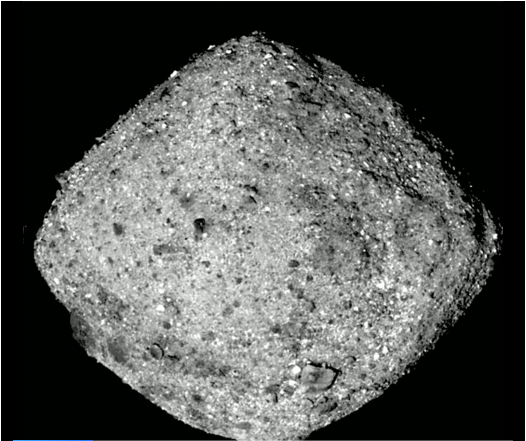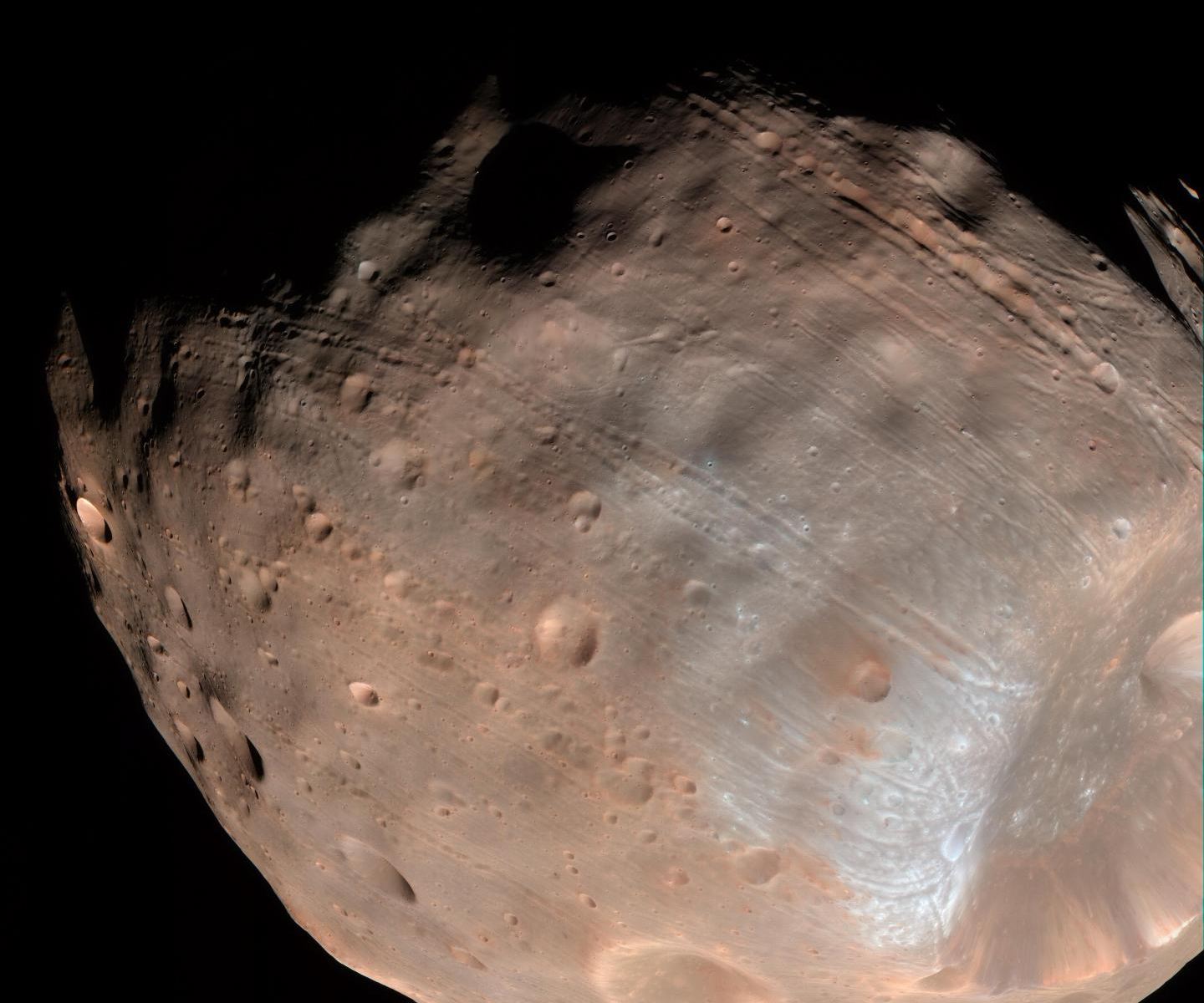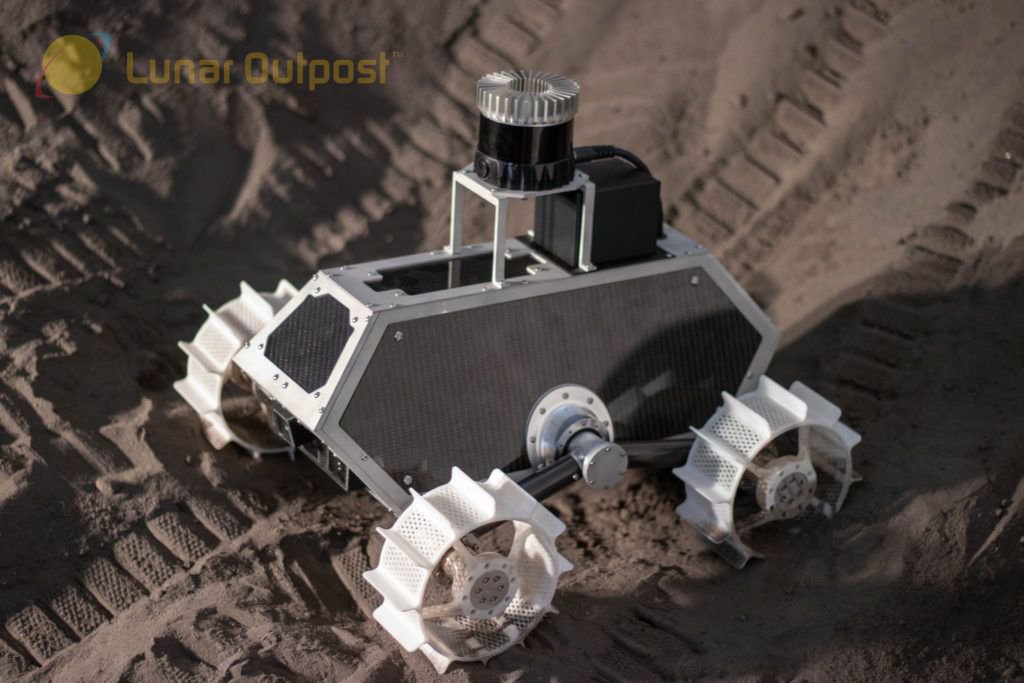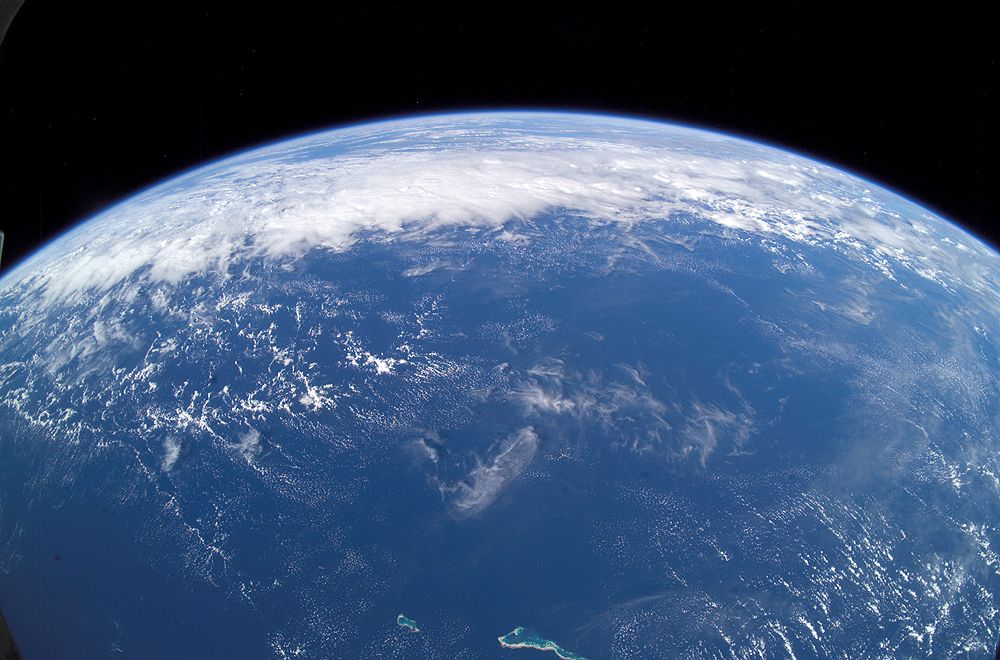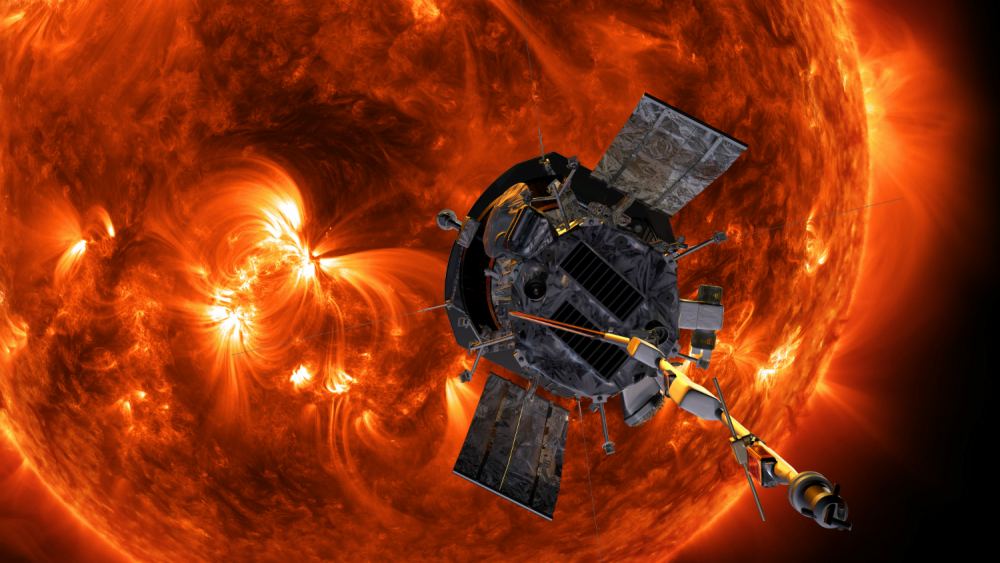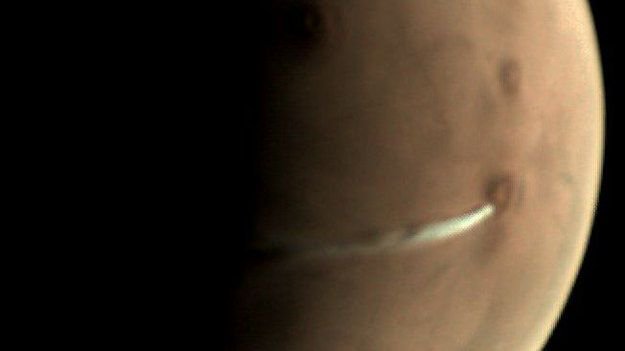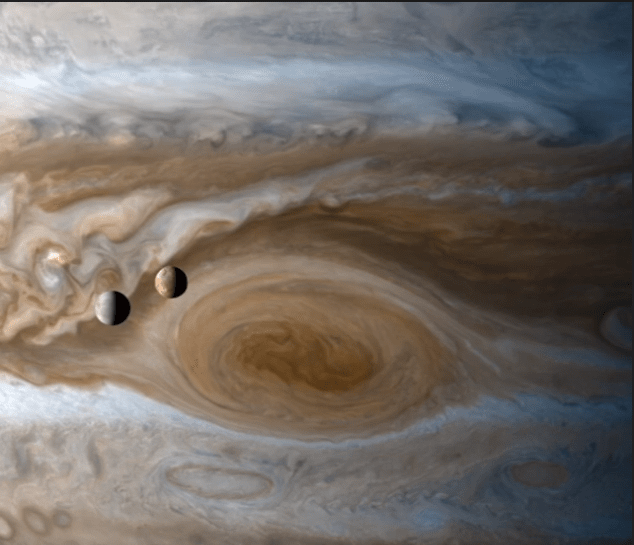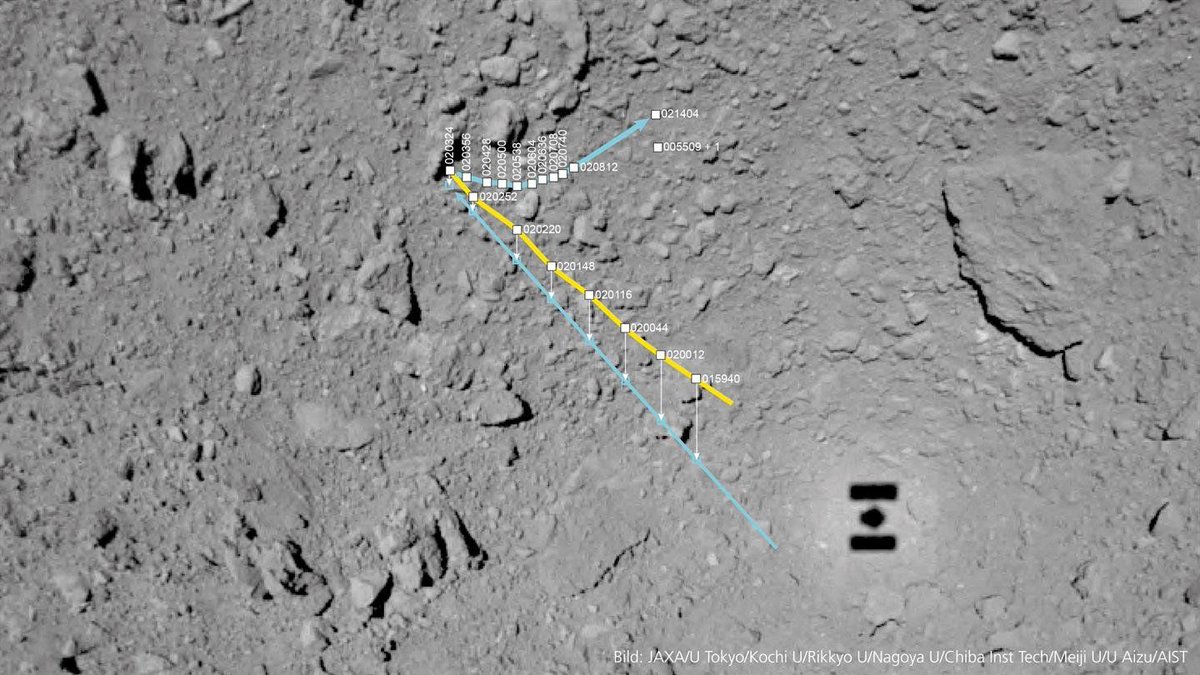NASA’s OSIRIS-REx spacecraft has reached its destination and is now in orbit around asteroid Bennu. The spacecraft travelled for over two years and covered more than 2 billion kms. It will spend a year in orbit, surveying the surface of the Potentially Hazardous Object (PHO) before settling on a location for the key phase of its mission: a sample return to Earth.
OSIRIS-REx has Finally Caught up with Asteroid Bennu. Let the Analysis and Sample Collection Commence!
